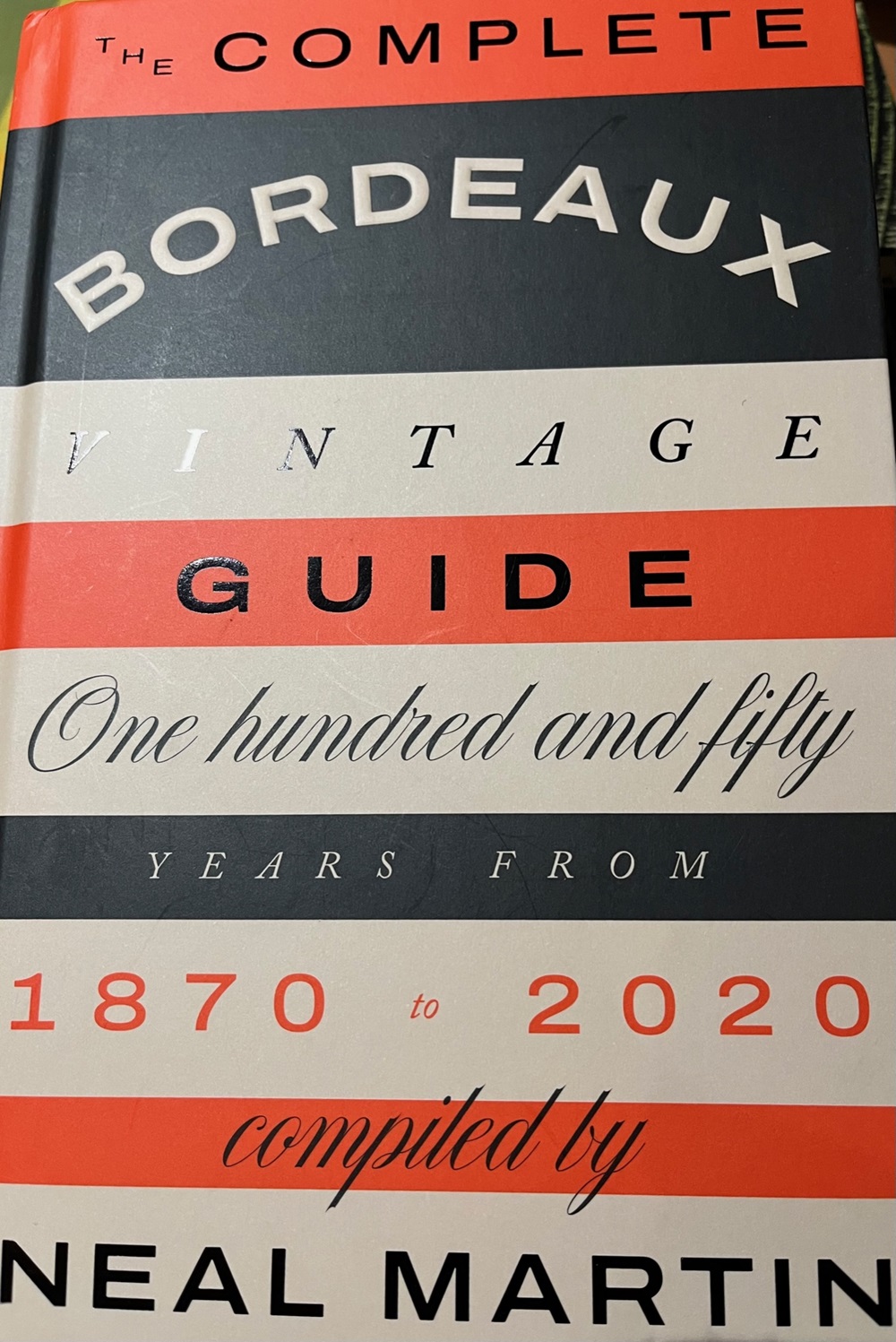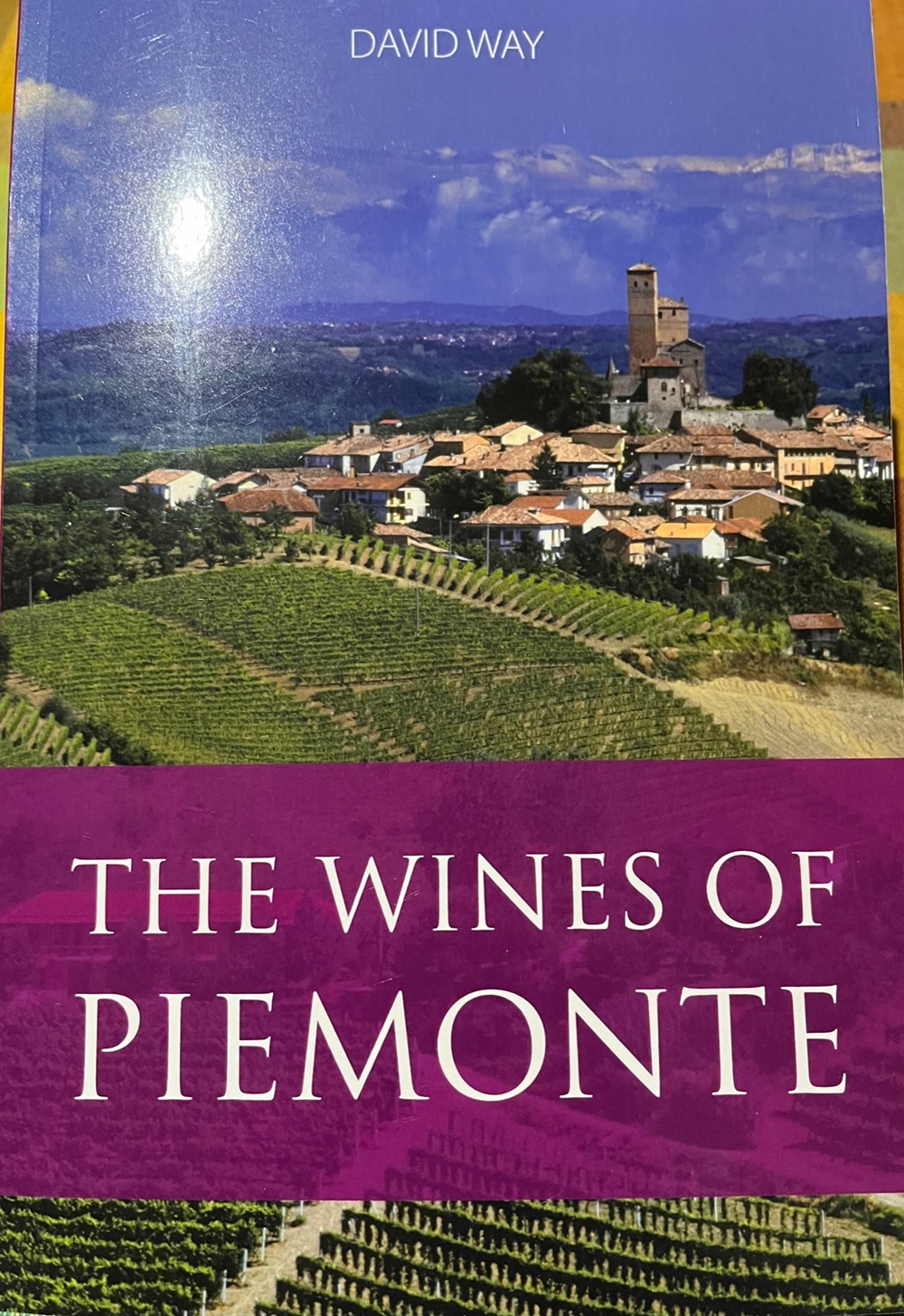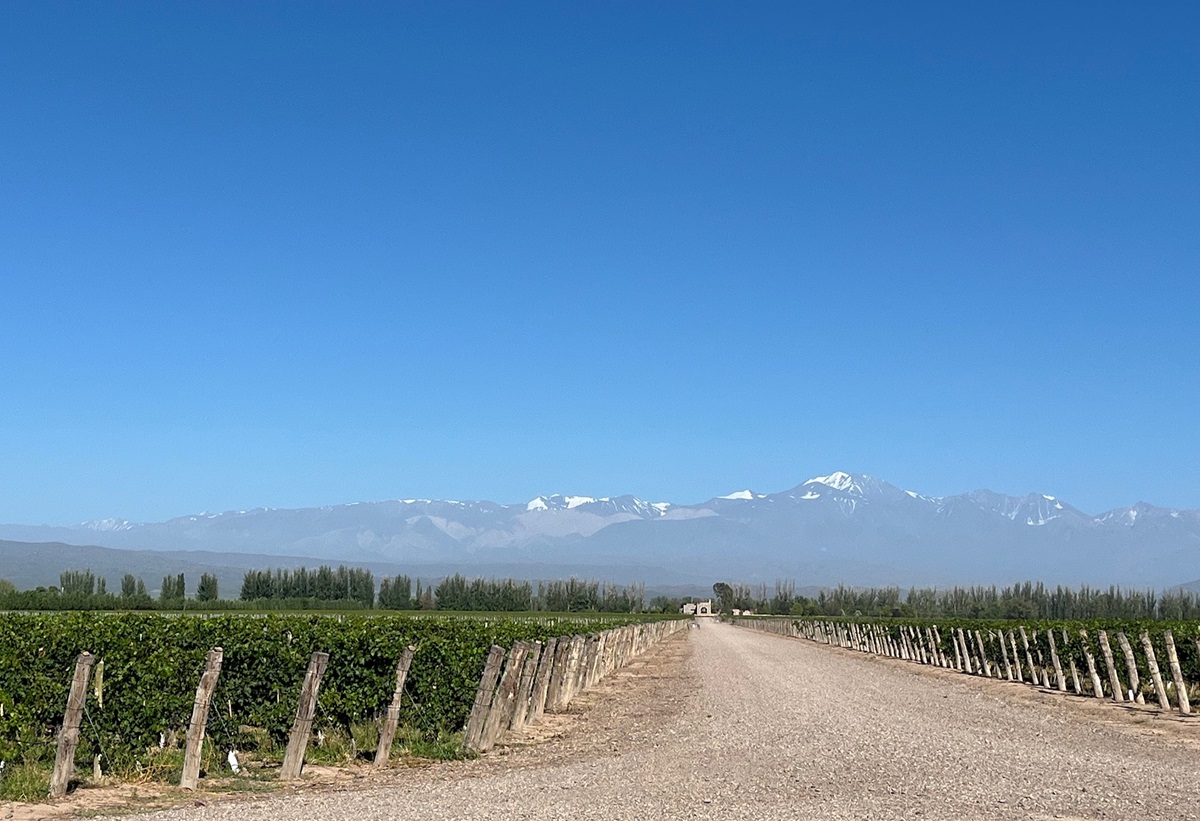NEW WINE BOOKS

For those who like a wine book with a difference, the new Vintage Crime by Rebecca Gibb MW (£25 University of California Press) with its potted history of wine fraud certainly fits the bill.
Author Gibb gives us a fun romp through the ages highlighting high profile wine scams and lesser-known duplicitous behaviour that has plagued wine over the centuries. “It’s about people (almost always men) as much as wine …and how they violated the trust of wine drinkers”, says Gibb.
She begins with the Romans, who apparently had a great thirst for wine with every adult drinking a bottle of wine each day, with ‘adjustments’ including herbs, honey, seawater, lead salt and fenugreek to cover up the taste or ‘stretch’ the wine.
Gibb highlights the “murky side” of the supposedly respectable wine trade through the ages. She describes C19 attempts to make port from spoiled cyder, mock claret from South African reds and sherry from cider, raisins and almond oil, fake Champagne from sparkling gooseberry wine – and the great Burgundy deception bolstering it with a splash of Chateauneuf du Pape or Algerian red. She reminds us that wine was only finally defined by the French in 1889 in Griffe’s Law (loi griffe) and takes us briskly through the evolution of wine regulations and appellations.
Later chapters include high-profile scandals of mid-1980s, Austrian glycol and Italian methanol, and motivations behind ameliorations. She digs deep into fine wine tampering with passing off counterfeit bottles by ‘alleged’ fraudster (now deceased) German wine trader Hardy Rodenstock in the 1980’s and the conviction of wine fraudster Indonesian Rudy Kurniawan in 2013, who claimed he had planned to wallpaper his California house with the labels the police found in his substantial stash.
Convicting the fraudsters has often been tricky, explains Gibb, due to the fact that “so few genuinely know the authentic taste of a wine dating from more than a century ago…and this has been an issue since Roman times”. In a recent interview with The Buyer, Gibb stated that today ‘as many as one in every 25 bottles of wine sold could be fake or as little as 0.2% of the market’ – but it also depends on your definition of wine fraud.

One renowned wine expert who knows more about the authentic taste of fine claret than most is the accomplished Bordeaux specialist Neil Martin, author of a new book The Complete Bordeaux Vintage Guide (£35 Quadrille). Unusually for (mostly) respectable traditional Bordeaux, this is not just about growing seasons, it is more of a personal irreverent take on 150 years of claret vintages: 1870-2020.
It’s a book to dip into as you sip your Pauillac or Pomerol, entertained by Martin who, for every vintage he describes in detail – he puts it into a cultural context with an event, film and piece of music premiered that year (no musical artist or film-maker appear more than once in the book).
No point scoring on vintages here, thankfully, but a very useful summing up at the start of each decade on how Bordeaux was evolving from 1960’s potato fields in the middle of vineyards, 1970s scandals and bans (plantings of Merlot was prohibited for five years) to 1990’s rise of the ‘garagiste’.

The pace of change in vineyards down-under has meant that authors have been reluctant to publish a definitive guide on Australian wine regions as things move so fast. But this year sees the publication, at long last, of an authoritative up-to-date book on the The Wines of Australia (£35 Infinite Ideas Classic Wine Library) written by sommelier Mark Davidson, who also works for Wine Australia.
History, culture and each wine region are covered in detail, but I was delighted to see Davidson tackling themes such as how First Nations peoples were being involved in grape growing and winemaking, climate change concerns and why Australia has some of the oldest vines in the world.
At the end, he chooses 101 wines highlighting Australia’s complex broad range – from sparkling wines (Deviation Road, House of Arras, Jansz), Riesling (Grosset, Granite Hills), Chardonnay (Murdoch Hill, Giaconda), Pinot Noir (Chatto Isle, Bindi), Grenache (Ochota Barrels) to sweet and fortified (Mount Horrocks, Chambers) to name a few.

Another new wine book which should prove popular with wine students is Italian specialist David Way’s The Wines of Piemonte (£35 Infinite Ideas Classic Wine Library). With useful chapters on history, geography, soils and climate and an evaluation of the current state of Nebbiolo grape – he naturally covers Barolo and Barbaresco’s producers in some depth, but he makes sure that equal weight is given to northern Piemonte treasures like DOCs Bramaterra, Lessona, Sizzano, Canavese and Fara, which are often overlooked.
Piemonte is a very traditional region without too much modern experimentation, but Way highlights interesting developments worth noting here like new Alta Langa DOCG, a ‘traditional method’ fizz made from Pinot Nero and Chardonnay, as well as plantings of Riesling at high elevation. He points out there is a wealth of distinctive rare native grapes like white Erbaluce and red Pelaverga and Ruche waiting to be discovered in the Langhe hills – and ends with a mouthwatering chapter on the local gastronomy.
By Rose Murray Brown MW Published in The Scotsman 2 December 2023
Join Rose’s Piedmont & Italian Charcuterie Masterclass in Edinburgh on Thursday 9 May in Edinburgh www.rosemurraybrown.com
wine tastings
The perfect gift for the wine enthusiast in the family. Rose does In-person tastings too.
cellar advice
Rose does cellar valuations for private clients, valuations for insurers & bespoke portfolio management.
Related stories
March 31, 2024
By Rose Murray Brown MW Published in The Scotsman 30 March 2024 On 2 February 1659, the first wine made from grapes grown in South Africa was crafted by the Governor of the Cape, Jan van Riebeeck. He had planted vines four years earlier in the Company’s Garden near Cape Town from cuttings imported from France. Van Riebeeck’s first
March 24, 2024
By Rose Murray Brown MW Published in The Scotsman 16 March 2024 Heatwaves and bushfires were very much on the agenda when I visited Chile last month as winemakers prepared for their 2024 harvest in blistering heat and drought, with a plume of smoke from the devastating fires lingering over coastal hills. Heat and drought are the greatest challenges
March 23, 2024
By Rose Murray Brown MW Published in The Scotsman 9 March 2024 I have two glasses of Malbec in my hands from the same high-altitude vineyard in Uco valley in Argentina. I am in the Catena Institute of Wine in Mendoza with winemaker Agustin Silva. He has asked me to taste the two wines, both from the 1500m high



